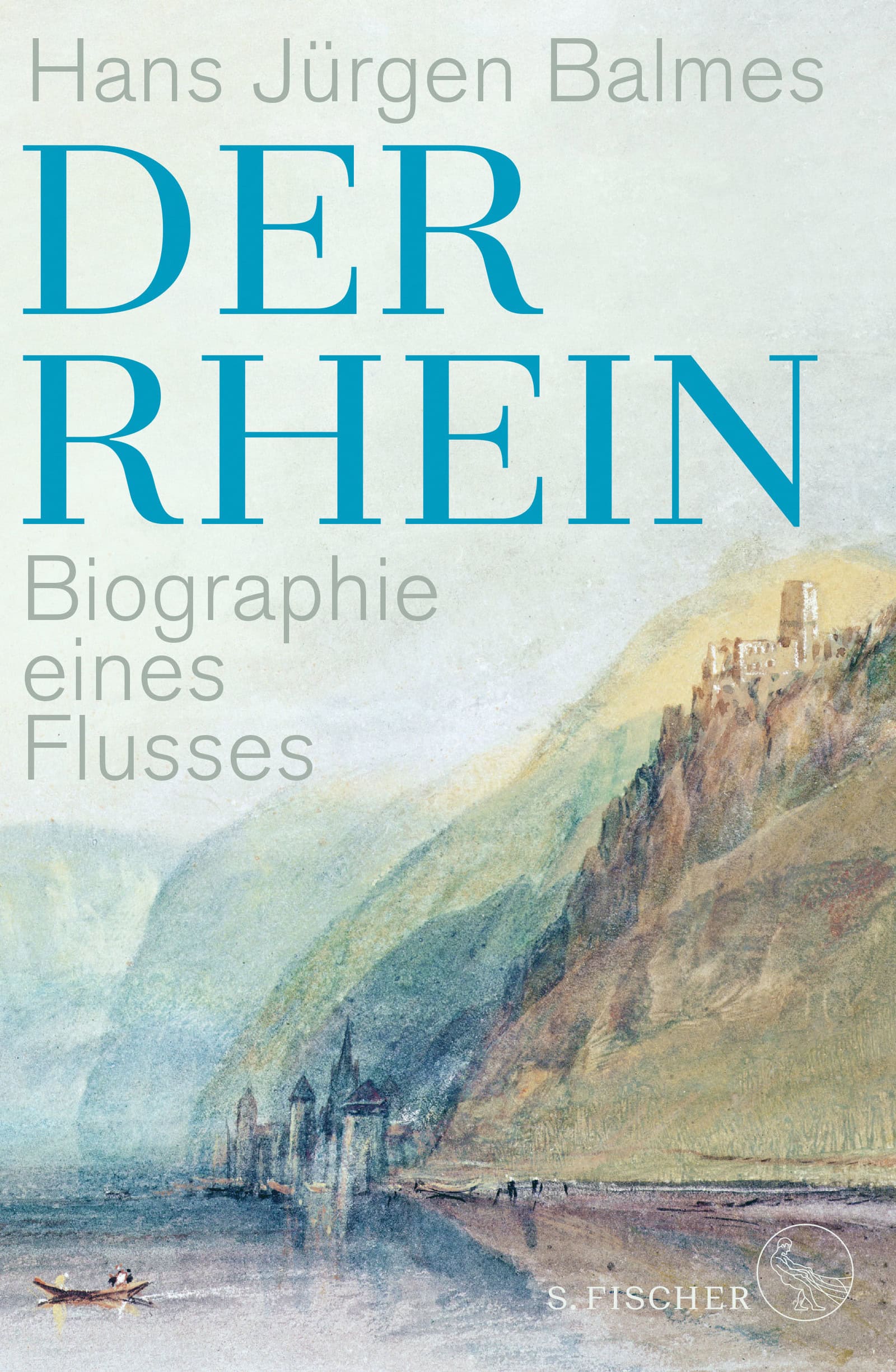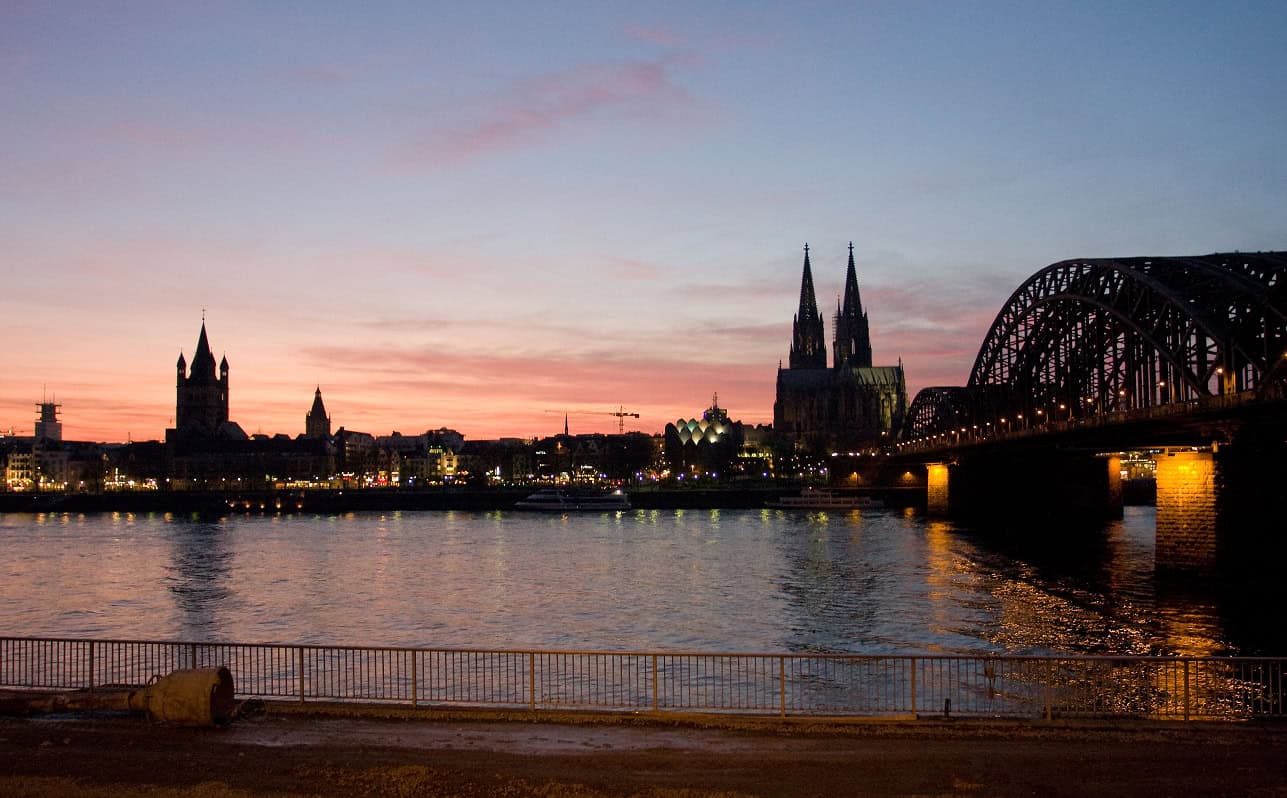Everyone has a different image of the Rhine, especially in NRW. For some, it is the romantic river with the Siebengebirge, Drachenfels, and white passenger ships, while others think of the Lower Rhine landscape with its meadows and pastures. The oft-sung Rhine is identity-forming – the neighboring cities like to carry it as an addition in their names, they owe their economic and social development to it, but also repeatedly suffer setbacks due to furious floods, as recently in the past days.
For Hans Jürgen Balmes, who was born in Koblenz in 1958, the Rhine has always been a formative part of his life. The translator and editor wandered to its sources in the Alps or traveled it in his father’s folding boat to explore the tranquility, the wildlife, and the reflections of the water. Balmes worked on his book "The Rhine – Biography of a River" for six years – a very short period of time compared to the eventful and constantly changing topographical history of the Rhine, which once sprang from its present mid-point in a tropical ocean full of friendly manatees. A rift in the Earth's crust, which only found its current bed after the last Ice Age 8,000 years ago. There were times when Lake Constance did not yet exist, and the Rhine flowed from the Alps into the Danube and not towards Holland.
"The Rhine" is neither a history book nor a travel guide. Instead, Balmes tells his "biography" on two levels. He follows the water, which springs in Switzerland, carves through wild rocks as a foaming mountain stream, later thunders down in Schaffhausen, winds through vineyards, to finally merge as a broad river into the North Sea.
Balmes narratively takes the well-known route from the sources and the upper Rhine in Switzerland down to the mouth. He poetically and captivatingly describes the present and the past, but also reports on the personal impressions, of the various moods of the river that he has experienced during his own excursions to the water and on encounters with people living by the Rhine who build nesting sites for mourning terns.
The book is supplemented by two sections of images. Fossil relics, historical representations, and architectural outlines, as well as Rhine images by William Turner, such as the light and misty Rhine Falls or pencil sketches of the Loreley, to which Balmes has dedicated an entire chapter with "The Light on the Water." The Cologne photographer August Sander and the landscape painter Carl Theodor Reiffenstein are also represented in the image section. A perfect book for those who enjoy traveling in a literary and historical way.
Hans Jürgen Balmes: "The Rhine – Biography of a River" <br>S. Fischer Verlag, 560 pages, 28 euros

